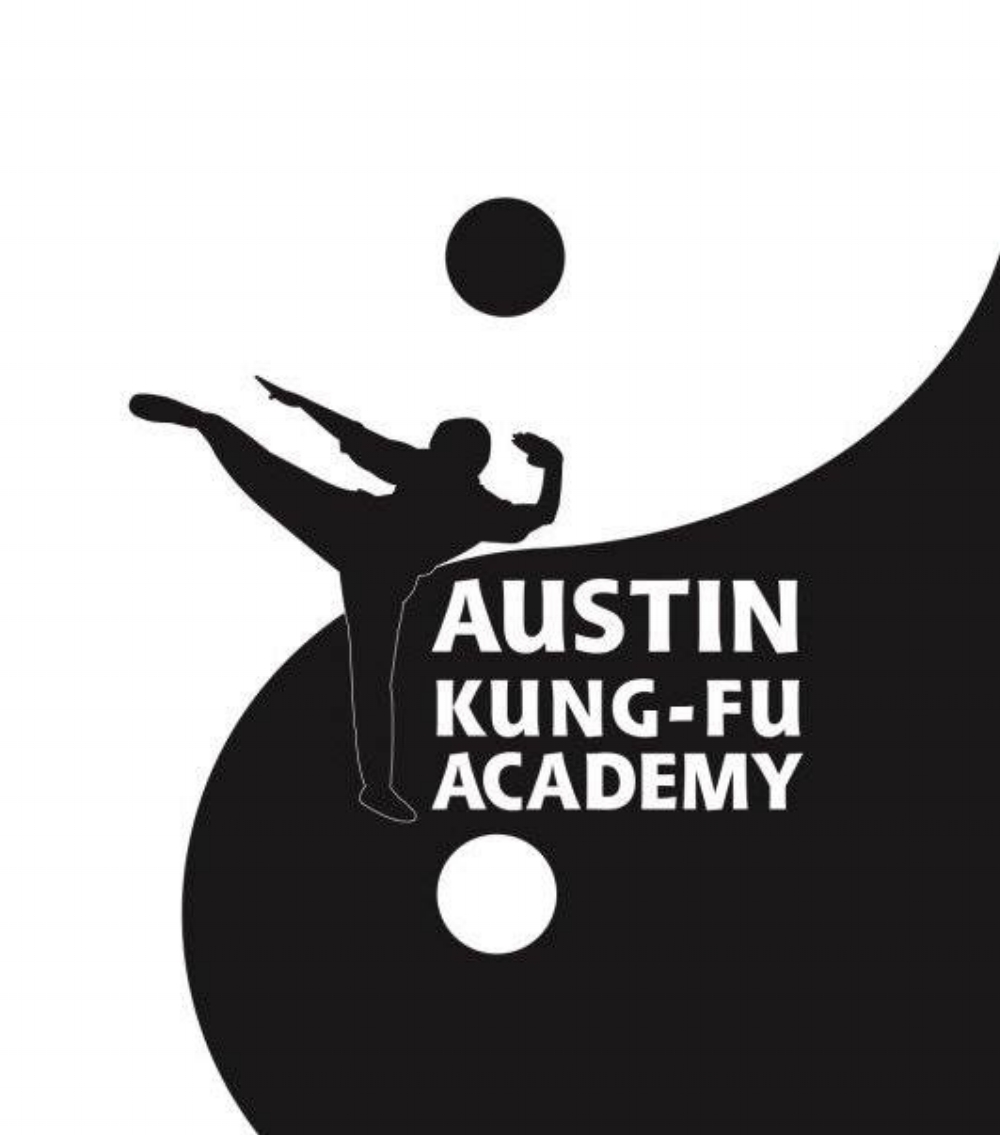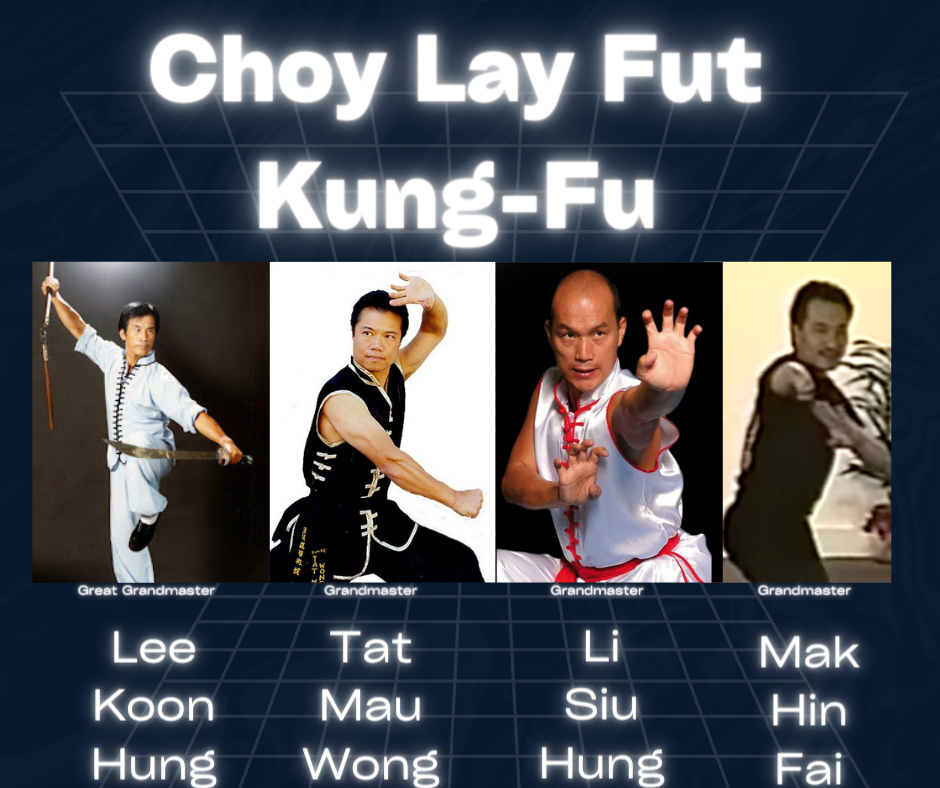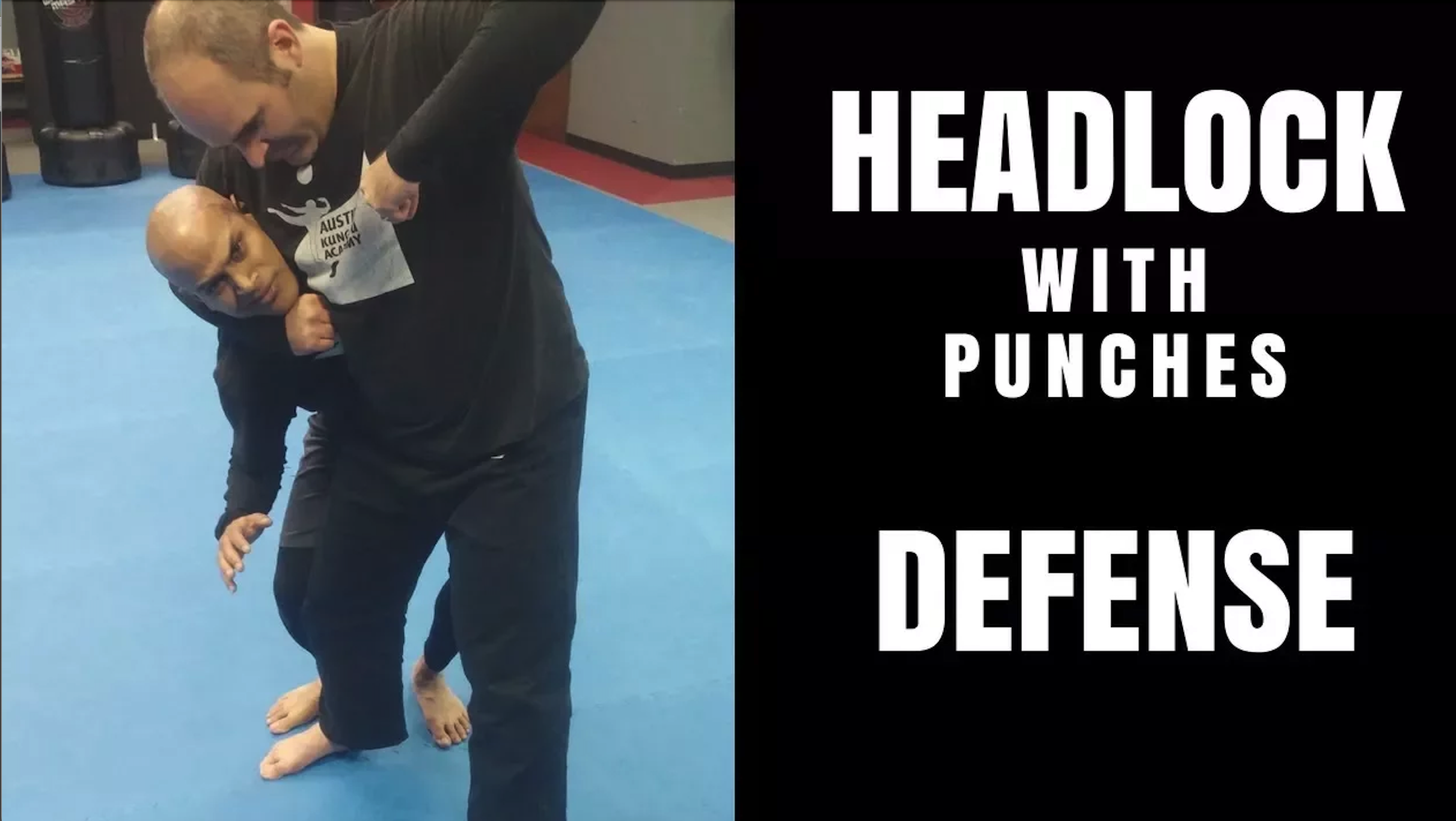For some kids, the world of organized sports feels like a foreign land. The cheers, the competition, the pressure to conform – it can all be overwhelming. But fear not, parents of non-team players! There's a vibrant kingdom in the fitness realm where your child can unleash their inner hero and discover the joys of movement: the realm of Kung Fu.
Why Kung Fu Wins When Sports Don't:
Individual Glory: Forget the bench-warming blues. Kung Fu celebrates individual growth and accomplishment. Each child progresses at their own pace, mastering techniques and earning belts one by one, fostering a sense of personal pride and self-efficacy.
Diverse Dragons: Unlike the rigid structures of many sports, Kung Fu offers a buffet of styles! From the flowing grace of Tai Chi to the explosive power of Shaolin, there's a Kung Fu flavor to ignite every child's inner spark.
Focus, Not Frustration: Kung Fu isn't just about kicking and yelling. It's a practice in mindfulness and focus. Children learn to control their bodies and channel their energy, building skills that translate into improved concentration and emotional regulation in all aspects of life.
Friendship through Fury: Kung Fu schools are havens of camaraderie and support. Students train together, encourage each other, and celebrate each other's victories. This fosters strong social bonds and builds a sense of belonging, especially for children who might feel out of place on a traditional sports team.
Beyond Biceps: Kung Fu isn't just about physical fitness. It's a holistic practice that strengthens the mind, body, and spirit. Children gain confidence, discipline, and self-respect, tools that empower them to face any challenge life throws their way.
Kung Fu: A Gateway to Self-Discovery:
Stepping onto a Kung Fu mat isn't just about learning self-defense moves. It's about embarking on a journey of self-discovery. Children unlock their hidden potential, develop essential life skills, and build a foundation of confidence that extends far beyond the training hall. So, if your child yearns for an alternative to the traditional sports scene, consider the path of the dragon. You might just witness your non-sportsball star blossom into a fearless warrior, both inside and out.
Remember, even the mightiest martial artists started as tiny tigers. With dedication and passion, your child too can discover the power of Kung Fu, transforming into a confident, focused, and self-assured individual, ready to face life's challenges with a warrior's spirit.





